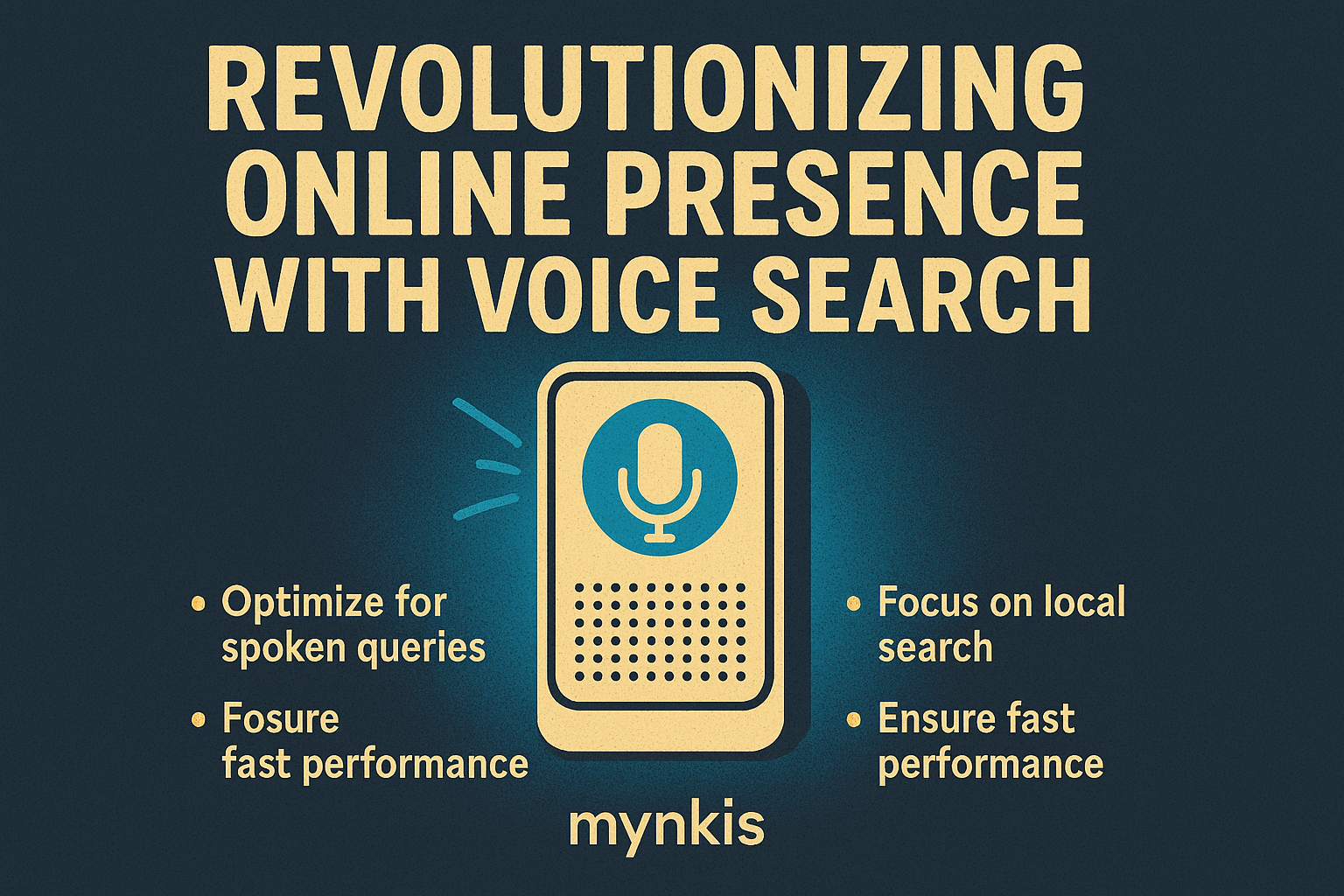Schedule a Demo
Voice search is rapidly changing the way we interact with the web. Every day, millions of users ask Siri, Google Assistant, and Alexa to find information, book appointments, and shop online. This shift means that business owners need to optimize their websites for voice queries to remain competitive. In my experience, integrating voice search optimization with overall SEO strategies significantly boosts a business's online visibility and user engagement. It's not just about following trends; it's about understanding and responding to how consumers interact with technology today.
Voice search technology functions by converting spoken queries into text, which are then processed to deliver relevant results. This process involves natural language processing (NLP) to interpret and understand human speech patterns. For business owners, this means crafting content that mirrors the conversational tone and longer-tail keywords typically used in voice searches. In today's market, experts like Dr. Pete Meyers from Moz advocate for a strong focus on natural language query optimization to improve voice search relevance.
Optimizing your website for voice search requires a tailored approach that focuses on user intent and conversational phrases. Start by enhancing your site's FAQ page with natural language answers. Think about what your audience might ask vocally, and answer these queries in clear, concise sentences. Additionally, integrating schema markup can provide search engines with detailed insights about your business, making it easier for them to match your content with relevant voice queries.
Local SEO plays a crucial role in voice search optimization, especially for small businesses aiming to connect with a local clientele. According to a study by BrightLocal, about 58% of voice searches are related to local business information. To leverage this, ensure your business is listed accurately on Google My Business and other local directories. This helps voice assistants provide the most accurate, location-specific answers to queries like "Find a plumber near me."
Website design impacts voice search optimization significantly. For instance, in my experience helping clients with site redesigns, I've found that mobile-friendliness and fast load times are key. These factors not only improve user satisfaction but also align with the algorithms used by voice search engines. Therefore, streamline your site's navigation, ensure it loads quickly across all devices, and provide clear, accessible paths to the information users are most likely to seek via voice.
The longer, more specific nature of voice queries necessitates a focus on long-tail keywords. When someone uses voice search, they are more likely to use complete sentences, such as "What's the best Mexican restaurant in Los Angeles?" compared to a typed search like "Mexican restaurant LA." Identifying and incorporating these longer phrases into your content will enhance your site's visibility and relevance in voice search results.
Schema markup, also known as structured data, is essential for voice search optimization. By tagging content with relevant schema, you provide search engines with clear data about your pages, which in turn, helps them respond accurately to voice queries. For businesses, adding schema to address details, operating hours, and FAQs can dramatically increase the chances of being featured in voice responses.
Keeping tabs on the effectiveness of your voice search optimization efforts is essential. Tools like Google Analytics can help track changes in user behavior and search metrics. Pay attention to increases in direct voice search traffic or improved rankings for long-tail queries. While direct measurements might be challenging, incremental improvements in overall SEO performance often reflect the success of voice search strategies.
Consider a client who runs a boutique bakery. After optimizing their site for voice search by integrating more conversational FAQs like "Do you have gluten-free options?" they noticed a significant increase in direct queries via Google Assistant. This real-world example illustrates how targeted voice optimization can drive specific user engagement and potentially increase sales, reinforcing the importance of voice search as part of a broader SEO strategy.
Despite its advantages, voice search optimization faces challenges. For one, voice queries tend to vary widely, making it harder to anticipate every possible user question. Additionally, different voice assistants have different ways of processing and presenting information. To overcome these hurdles, continuously update your content based on trending queries and stay informed about updates from major voice search platforms. According to Search Engine Land, even slight variations in phrasing can significantly alter search results, so flexibility and adaptability are key.
As voice technology advances, we can expect more refined search algorithms and better integration of voice commands across devices. The Internet of Things (IoT) will play a larger role, enabling seamless voice interactions between various appliances and services. Staying ahead of these trends and adapting your SEO strategies accordingly will be crucial for maintaining a competitive edge in voice search optimization.
Although voice search optimization is vital, it shouldn't overshadow traditional SEO efforts. A balanced approach ensures your site remains visible across all search types. Incorporate voice-friendly keywords while maintaining traditional SEO best practices. As businesses, we must navigate this dual focus to maximize reach and relevance, keeping both current and future technological trends in mind.
